Discover 10 hidden attractions, cool sights, and unusual things to do in Tiverton (United Kingdom). Don't miss out on these must-see attractions: Tiverton Cemetery, Tiverton Castle, and Tiverton Museum of Mid Devon Life. Also, be sure to include Tiverton Town Hall in your itinerary.
Below, you can find the list of the most amazing places you should visit in Tiverton (England).
Table of Contents
Tiverton Cemetery
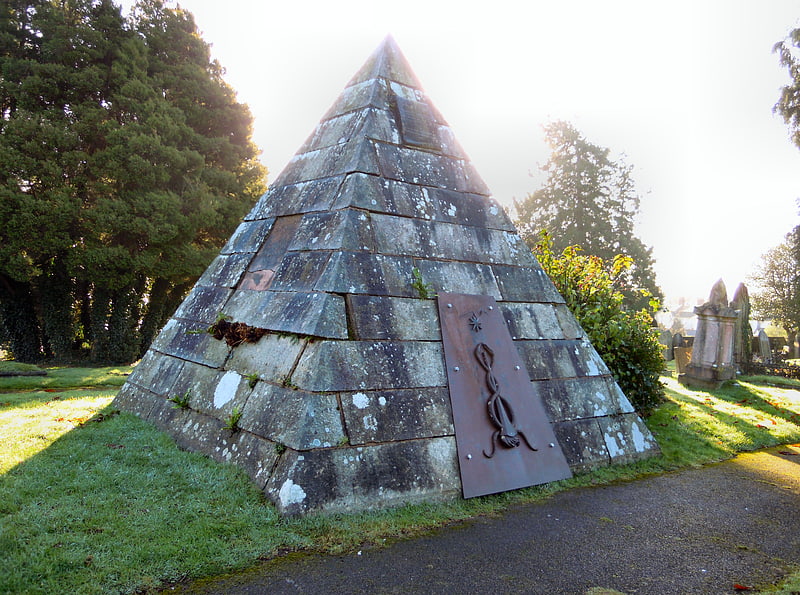
Burial ground. Tiverton Cemetery is the burial ground for the town of Tiverton in Devon. The cemetery covers eight acres and is owned and maintained by Mid Devon Council.[1]
Tiverton Castle
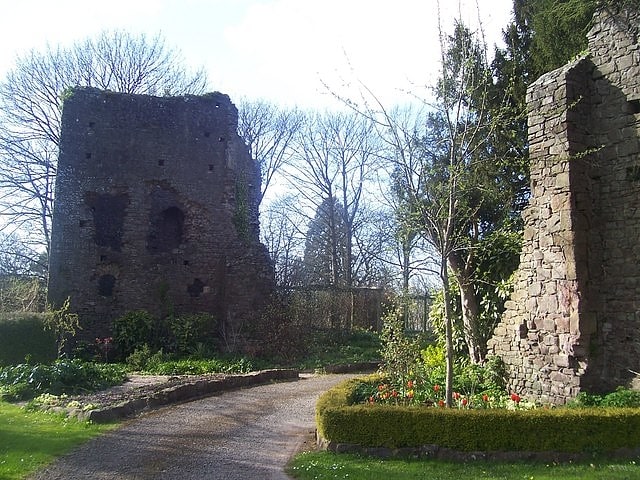
Castle in Tiverton, England. Tiverton Castle is the remains of a medieval castle dismantled after the Civil War and thereafter converted in the 17th century into a country house. It occupies a defensive position above the banks of the River Exe at Tiverton in Devon.[2]
Address: Tiverton Castle Park Hill, EX16 6RP Tiverton
Tiverton Museum of Mid Devon Life

Museum in Tiverton, England. The Tiverton Museum of Mid Devon Life is a local history museum in Tiverton, Devon, England, to the southwest of Gotham House. It features various exhibits relating to the social and economic history of the Mid Devon region, one of the most popular being a steam locomotive known as the "Tivvy Bumper". Founded in 1960 and initially located in rooms in a local pub, the museum is now housed in a Grade II listed former National School.[3]
Address: Beck's Square, EX16 6PJ Tiverton
Tiverton Town Hall
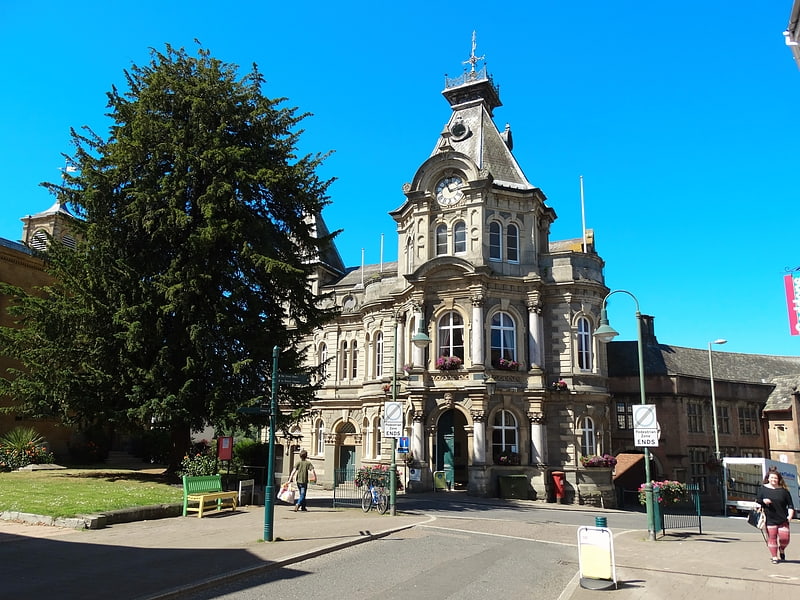
Tiverton Town Hall is a municipal building in St Andrew Street in Tiverton, Devon, England. The structure, which was the meeting place of Tiverton Borough Council, is a Grade II listed building.[4]
Devon Railway Centre

Tourist attraction in Bickleigh, England. The Devon Railway Centre is in the village of Bickleigh in Mid Devon, England, at the former Cadeleigh railway station on the closed Great Western Railway branch from Exeter to Dulverton, also known as the Exe Valley Railway. The Centre operates a 2 ft narrow gauge passenger railway and has the largest narrow gauge collection in the South West. There is also a 7+1⁄4 in gauge miniature railway and a model railway at the Centre. The original Victorian station has been restored.[5]
Address: Nr Bickleigh Mill, EX16 8RG Tiverton
St Paul's Church
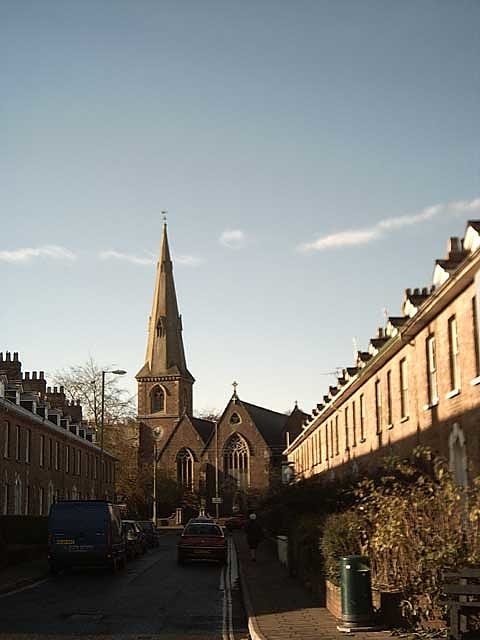
Church in Tiverton, England. St Paul's Church, Tiverton, is a Grade II listed parish church in the Church of England in Tiverton, Devon.[6]
Address: St Paul's Square, EX16 5HU Tiverton
St Peter's Church
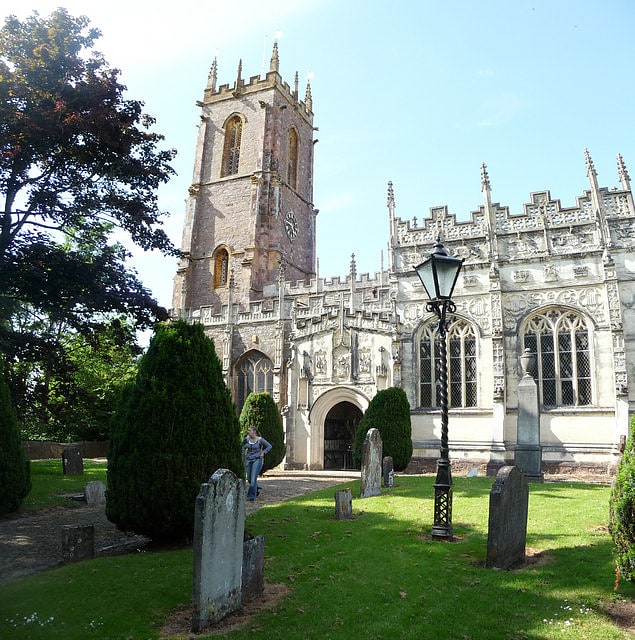
Church in Tiverton, England. St Peter's Church, Tiverton is a Grade I listed parish church in the Church of England in Tiverton, Devon.[7]
Address: St Peter St, EX16 6NU Tiverton
St George's Church
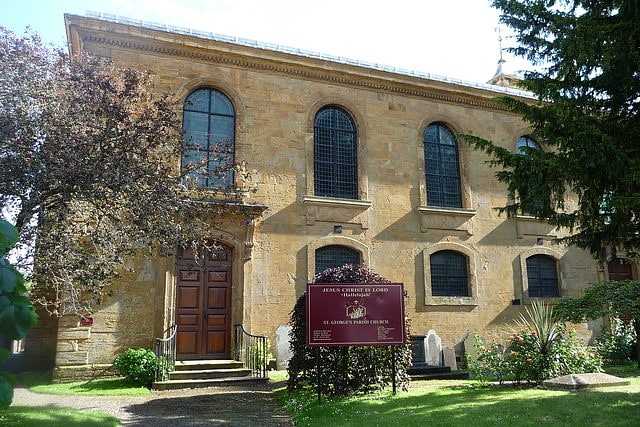
Church in Tiverton, England. St George's Church, Tiverton is a Grade I listed parish church in the Church of England in Tiverton, Devon.[8]
Cranmore Castle
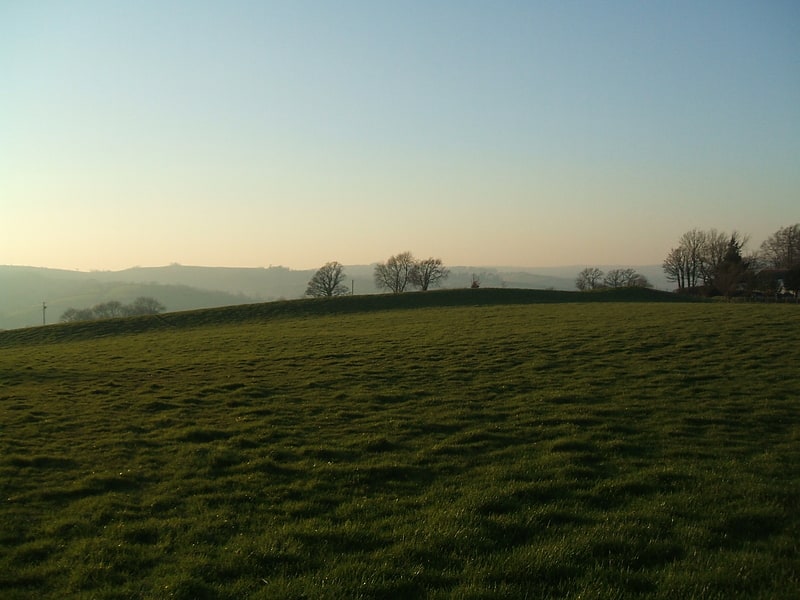
Cranmore Castle is an Iron Age earthwork situated on a hillside above the Devon town of Tiverton in south-west England. Its National Grid reference is SS958118. It is an English Heritage scheduled monument, and has been given a National Monument number of 34256.
The earthwork is widely described in guidebooks and histories as an Iron Age hill fort though more recent archaeological evaluations and histories, such as Mike Sampson's recently published work, point out that it seems inefficient as a fortification, since it is overlooked from the south by the higher slope of Exeter Hill/Newtes Hill. The earthwork is also unusual in that the area it encloses slopes from 120 metres (390 ft) to 170 metres (560 ft) above sea level. This arrangement does however offer clear lines of sight to Cadbury Castle, Castle Close below Stoodleigh up the Exe Valley, Huntsham Castle, Hembury fort and other significant hills and earthworks, suggesting that all were contemporary. It also manages to overlook the confluence of the rivers Lowman and Exe and the forded crossings on those rivers, which a higher position would not allow.
The hillside that Cranmore Castle stands above is called Skrink Hills or Shrink Hills in various early histories of the area. and it is from there that Thomas Fairfax's artillery laid siege to Tiverton Castle. The promontory of land that links Cranmore to the edge of Newtes Hill is traversed by the old Exeter Road, which travels past the earthwork on its way from Tiverton to Exeter. The hill and road have latterly been known as Exeter Hill, and this road almost certainly follows the path of a prehistoric trackway.
Current theories about the nature of the earthwork suggest that it might have been a winter enclosure for livestock or a market site, though the earthworks are very substantial for such applications and could even point to a tribal oppidum. Certainly the area would be large enough. The Ordnance Survey Map of Southern Britain in the Iron Age shows Cranmore as the largest enclosure in Devon (along with Hillsborough) at over 15 acres (61,000 m2).
During the Prayer Book Rebellion of 1549 Cranmore Castle became the site of a fierce battle fought between the two sides over whether a child should be baptised according to the 'new' religion or the 'old'. The battle took place near a small chapel that stood at one corner of the site, near the road. The chapel was demolished in the 17th century, and in 1687 bones and musket shots thought to be from the battle were discovered.
The etymology of the name Cranmore Castle is unclear. Cranmore is not a local name and does not fit with any local placenames. No record of Cranmore seems to exist in any early records. It is possible that the name is derived from the battle described above. The archbishop at the time of the Prayer Book Rebellion was Thomas Cranmer so it is possible it derives from a variation of 'Cranmer Castle' in reference to the battle fought there.[9]
Gotham House
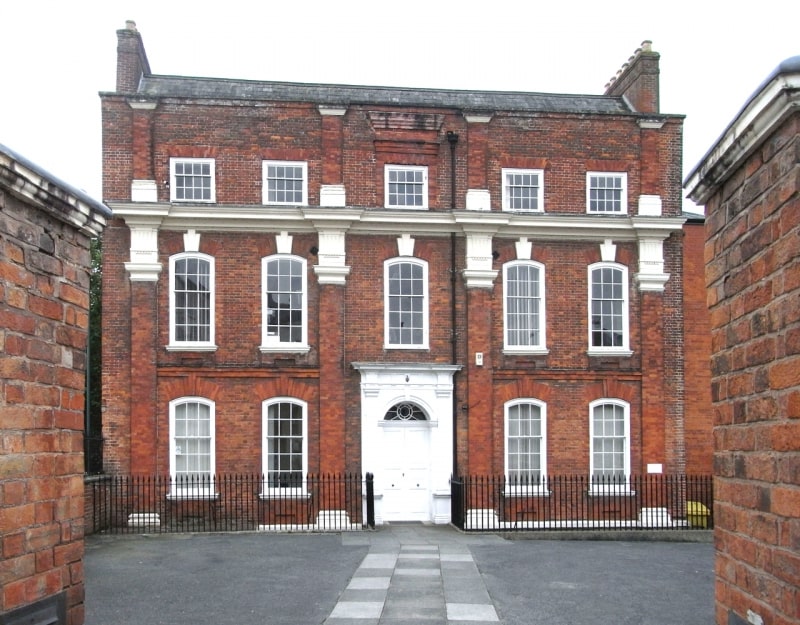
Building in Tiverton, England. Gotham House is a Grade II* listed early 18th century Georgian merchant's townhouse on Phoenix Lane in the town of Tiverton in Devon, England. An ancient estate named "Gotham" also exists in the parish of Cadeleigh, near Tiverton, now represented by Gotham Farm. It was one of a number of buildings constructed in Tiverton following the disastrous Tiverton fire of 1731. The building was restored in 1966 and currently serves as the base for a firm of solicitors. The house and its forecourt walls and entrance gates became listed on 12 February 1952.[10]